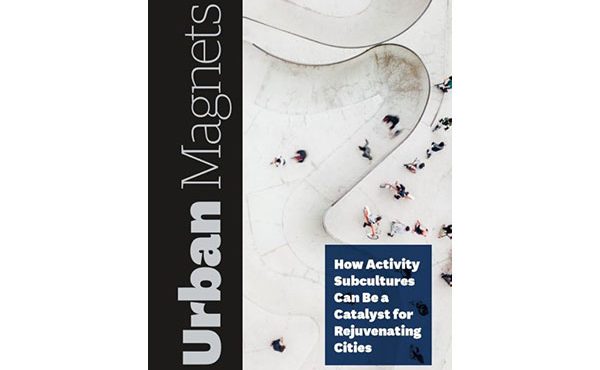
Author: Brian Hayes (W.W.Norton & Company, 2006)
Infrastructure is the unsung hero behind all cities – large and small. It is every-present in all facets of our lives – from the water we drink, to the food we eat. All people would undoubtedly agree that good infrastructure is a necessity for good cities and is, ultimately, the biggest legacy of the greatest past civilizations.
We need only look at the state of the city when infrastructure fails – a city-wide blackout, or the rupture of a water pipe, for instance – or to those places that don’t have the luxury of “the basics” to see impact of infrastructure plays on the civilization.
Yet for all its importance, we generally know little about infrastructure. In fact, we make a particular point of hiding it from ourselves whenever we have the chance. This makes American Scientist’s Brian Hayes book – Infrastructure: The Book of Everything for the Industrial Landscape (also known as Infrastructure: A Field Guide to the Industrial Landscape) – all the more valuable to urbanists and laypeople alike.
Well-written and extremely comprehensive, Infrastructure is one of those reads that anybody interested in cities must have on their book shelf. With fifteen years of research going into its creation – and modeled after nature guides with a lot of photographs and informative call-outs – the book is divided into thirteen chapters covering the full range infrastructural elements that pervade our existence – Out of the Earth, Waterworks, Food and Farming, Oil and Gas, Power Plants, The Power Grid, Communications, On the Road, The Railroad, Bridges and Tunnels, Aviation, Shipping, and Wastes and Recycling. There is also an excellent Afterword on the Post-industrial Landscape where Hayes describes the the importance of people becoming more knowledgeable about the “technological underpinnings of their own communities.”
As the content of each chapter is self-evident, one need only say that all aspects of the themes being discussed are covered. From how the mixer of a concrete truck works to the types of fences that surround agricultural plots of lands. From how grain elevators work to the chemistry of smelting. Virtually no stone goes unturned.
Yet, despite the astounding breadth and detail of the content, Hayes finds a way to make the writing readily accessible and engaging. This is clearly thanks to his experience contributing to widely read popular magazine.
Although there is a strong argument to an architecture and urban design practitioner like myself being clearly biased, I don’t hesitate to say that anybody even remotely interested in the urban landscape and its inner workings won’t be disappointed by Infrastructure. My only regret is that it took me so long to come across it.
***
Erick Villagomez is one of the founding editors at Spacing Vancouver. He is also an educator, independent researcher and designer with personal and professional interests in the urban landscapes. His private practice – Metis Design|Build – is an innovative practice dedicated to a collaborative and ecologically responsible approach to the design and construction of places.



